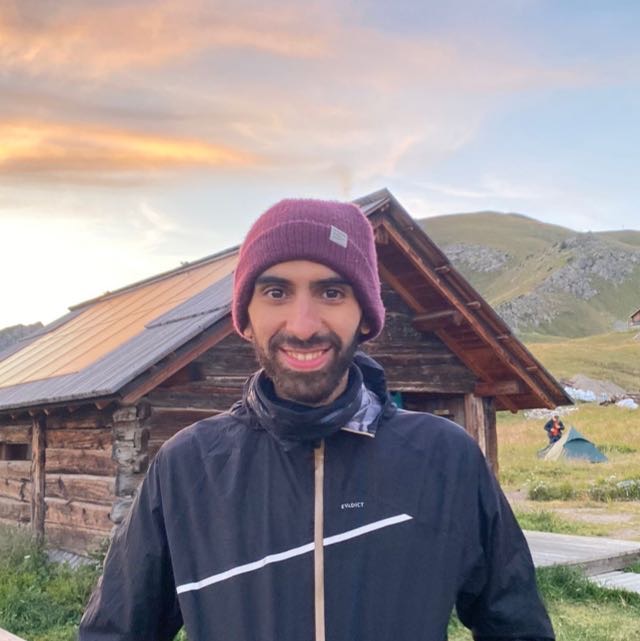About me
Bio
I am a postdoctoral researcher in the Image group at MAP 5 Laboratory in Université Paris Cité. Currently collaborating with Andrés Almansa, Rémy Abergel, and Lionel Moisan on hyperspectral image reconstruction. This work is part of the ANR project Fu-MultiSpoc, which aims to develop a high-resolution hyperspectral imager based on Fabry Perot interferometers. My focus includes hyperspectral image denoising, image restoration, inverse problems, and plug-n-play neural network.
During my Ph.D., supervised by Pascal Larzabal, Mohammed Nabil EL Korso, and Arnaud Breloy at the SATIE laboratory at Ecole Normale Supérieure Paris-Saclay, I contributed to the field of radio-interferometry. My research focused on signal processing methodologies for the calibration and imaging of cutting-edge radio interferometers. This involved the development of robust statistical models using compound Gaussian distributions to handle radiofrequency interferences, and addressing optimization challenges in maximum likelihood estimation with algorithms such as the Expectation-Maximization.
Before my Ph.D., I worked as a research engineer at Phasics, contributing to the conception and development of innovative algorithms tailored for the analysis of wavefront sensors.
Research
Research interests
My current research interests span computational imaging, inverse problems, image processing, unrolled algorithms, plug-n-play neural network, robust signal processing, structured covariance matrix estimation, interferometry, radio-interferometry, and sensor array processing.
Phd research
My Ph.D. research, conducted at the SATIE laboratory , delves into the challenges presented by cutting-edge radio interferometers. My work emphasizes the co-conception of signal processing methodologies for calibration and imaging. This included the development of robust statistical models using compound Gaussian distributions to model the presence of radiofrequency interferences in the measured data.
Effectively addressing the intricate optimization challenges associated with maximum likelihood estimation for robust distributions involves the application of advanced algorithms such as the Expectation-Maximization (EM). Notably, careful consideration has been given to the computational cost of these algorithms, ensuring efficiency while optimizing the estimation process for robust and accurate results in the context of complex statistical distributions. Practical experiments with real data have showcased the effectiveness of the proposed modeling approach in accounting for the presence of radiofrequency interferences in radio-interferometric imaging.
Furthermore, I explored the application of deep learning methods in the context of radio interferometers. Leveraging the effectiveness of deep learning tools, I proposed an informed neural network architecture derived from a robust statistical model. This architecture aims to achieve robustness to data interferences through supervised learning in the realm of radio interferometric imaging. Supervised by Pascal Larzabal, co-supervised by Mohammed Nabil El Korso and Arnaud Breloy, and supported by a doctoral contract from the University Paris-Saclay, my research has resulted in meaningful contributions, including the publication of two journal papers and multiple communications on national and international conferences.
